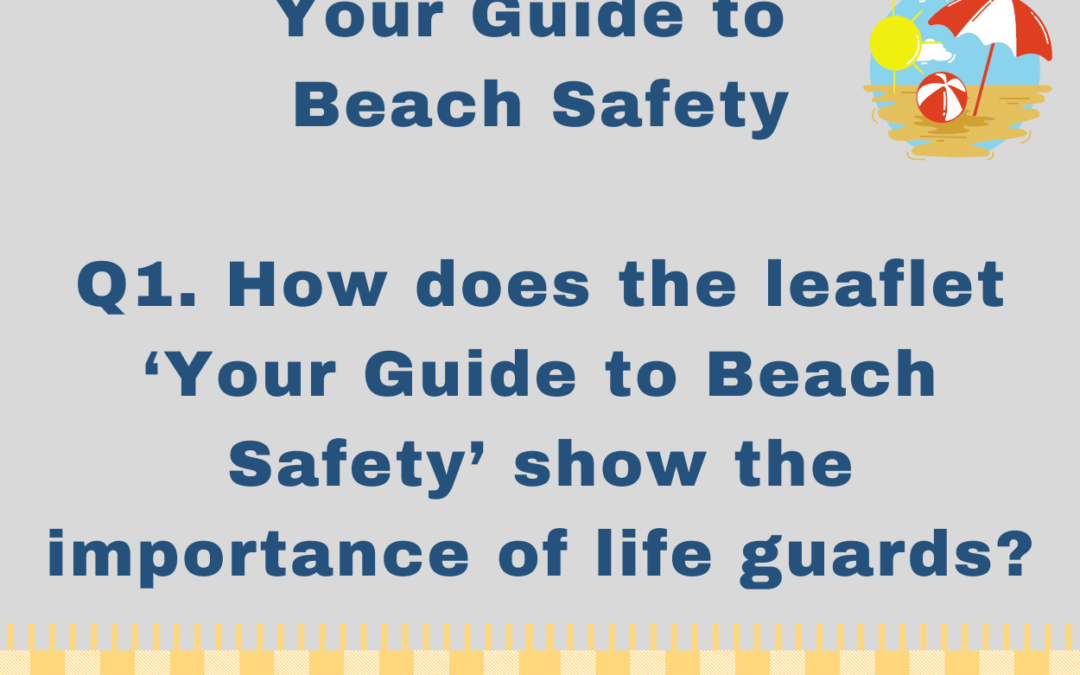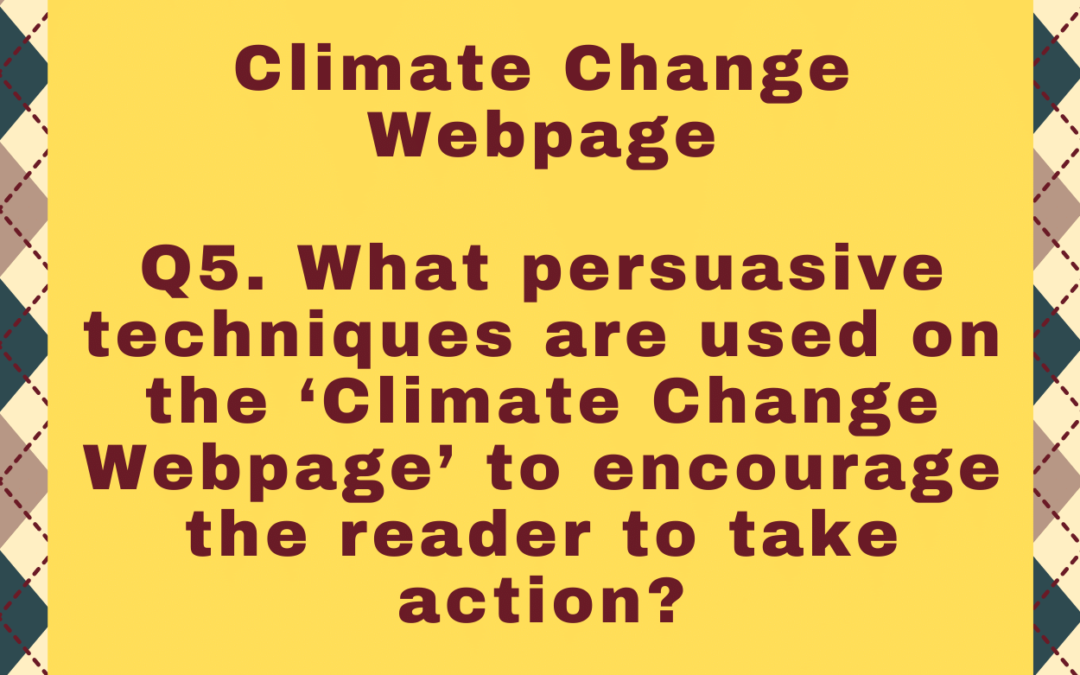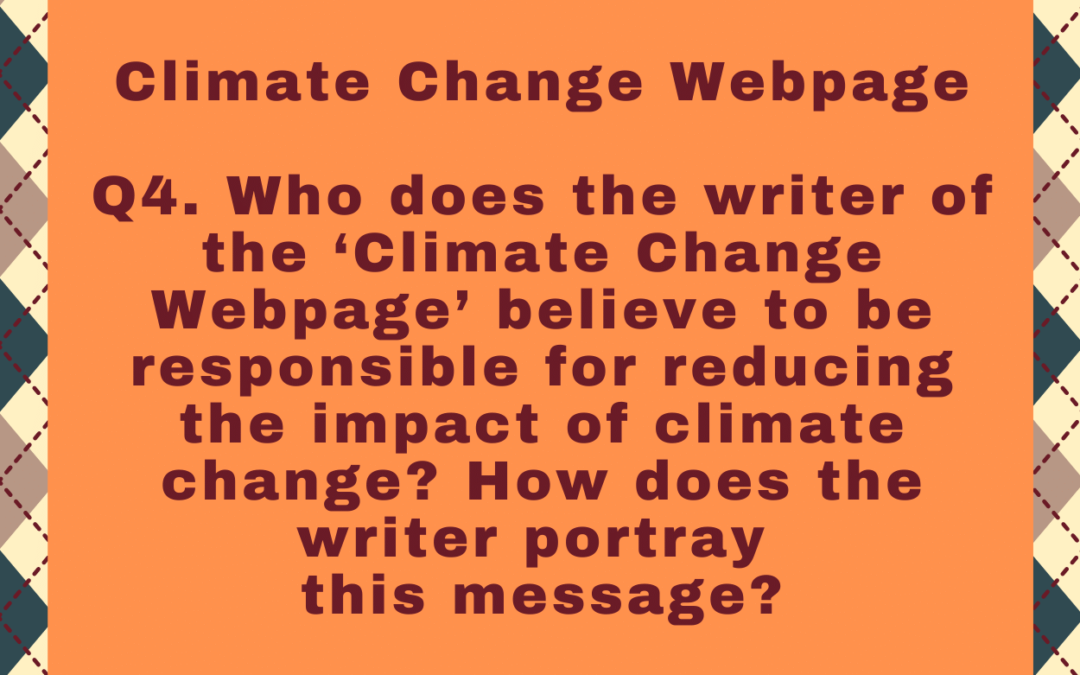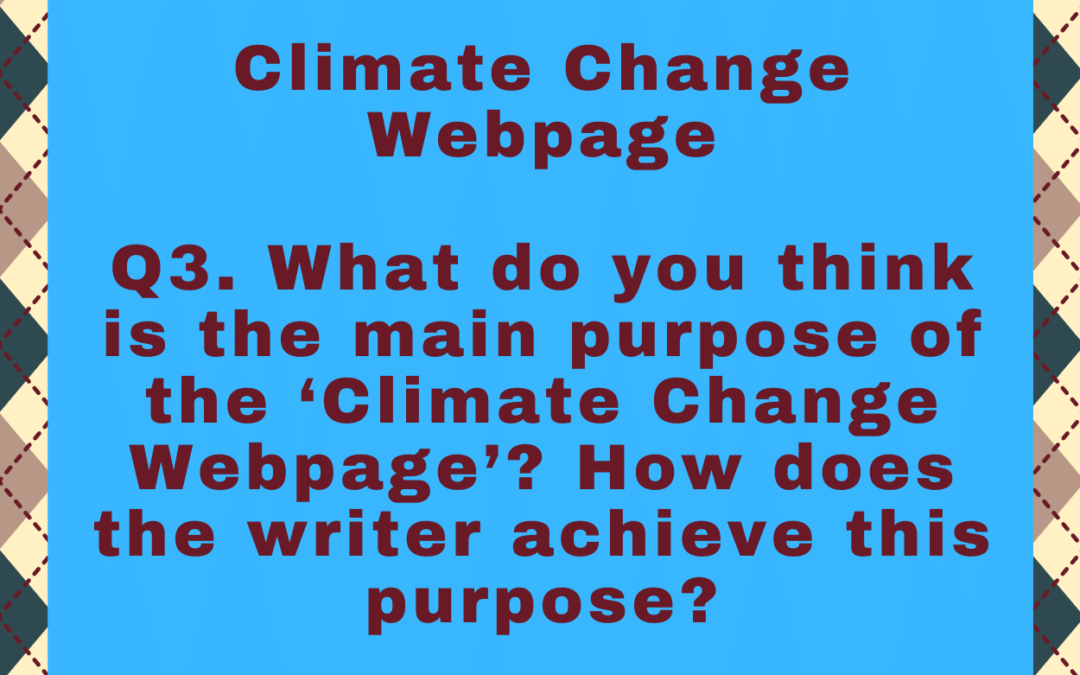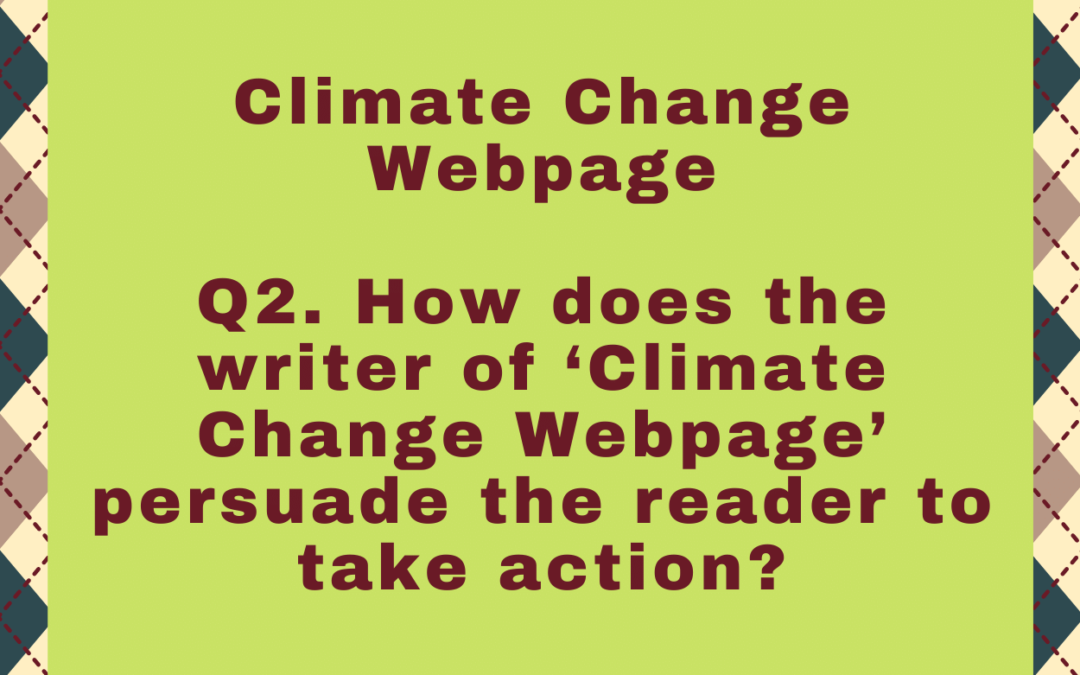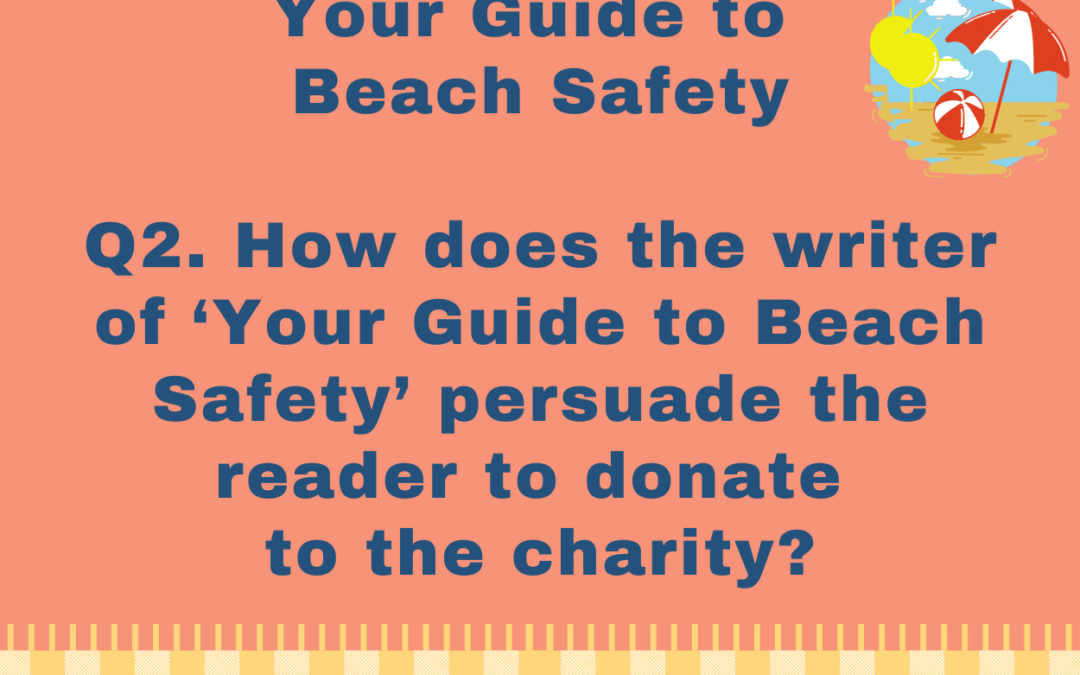
IGCSE Your Guide to Beach Safety by V Denman Model Essays Question 02
Edexcel English IGCSE: Your Guide to Beach Safety by V Denman
Q2. How does the writer of ‘Your Guide to Beach Safety’ persuade the reader to donate to the charity?
In your answer, consider:
- the appearance of the leaflet;
- the information provided;
- the writer’s use of language.
You should refer closely to the leaflet to support your answer. You may use brief quotations.
Edexcel English IGCSE Model Essay by an Expert
By showing that lifeguards are essential in the potentially dangerous environment of the beach, this leaflet persuades the reader to donate to the lifeguard charity.
Throughout the leaflet, the sea is portrayed as dangerous, showing that lifeguards are necessary on Britain’s beaches. The leaflet aims to encourage visitors to the beach to be aware of its potential dangers. The appearance of the leaflet reflects this warning. For example, the use of bright yellow triangular symbols reminds the reader of warning signs on the roads, reminding them that the sea can be a dangerous place. The leaflet offers lots of direct instructions, using absolute terms such as “always” and “never”. This shows how important it is for the reader to follow these instructions. Accompanying such instructions, the lifeguard is presented as a comforting presence on the beach; the main advice throughout the leaflet is to find a lifeguard if someone is in trouble.
Lifeguards are presented as preservers of life, which is clearly an extremely important job. In the “True Story”, the lifeguard that helped the boys is a lifesaving heroine. The description of the rescue is simple and quick, reflecting the speed and ease with which the lifeguard saved the boys. The drama of this story is in Carolyne Yard’s gratefulness that lifeguards were present, and the haunting possibility of what could have happened, had the lifeguards not been there: “my boys would have drowned.” This emotive reflection concludes the story, leaving the reader with a poignant reminder of the importance of lifeguards. The “True Story” reminds the reader that this situation could happen to anyone, making them more likely to want to donate money to the charity, so that lifeguards can be present on as many beaches as possible.
The final page of the leaflet uses a number of techniques to directly persuade the reader to donate. The use of statistics shows the scale of their operations, and by referring to the charitable and voluntary nature of the organisation, the writer surprises the reader with the fact that such a crucial service is reliant on donations. This page repeatedly uses the second person pronoun, which creates a sense of teamwork between the lifeguards and the reader. One section is named “Funded by you”, suddenly involving the reader and invoking a sense of personal responsibility for the charity’s lifesaving work. Having built up a sense of the lifeguards’ importance throughout the leaflet, the reader is now asked to consider their role in allowing this vital service to continue.
The sea is presented in the leaflet as a dangerous place, and thus lifeguards are shown to offer a vital, lifesaving service. The back page of the leaflet might surprise readers in stating that such a service depends on donations, and thus encourages them to donate.



